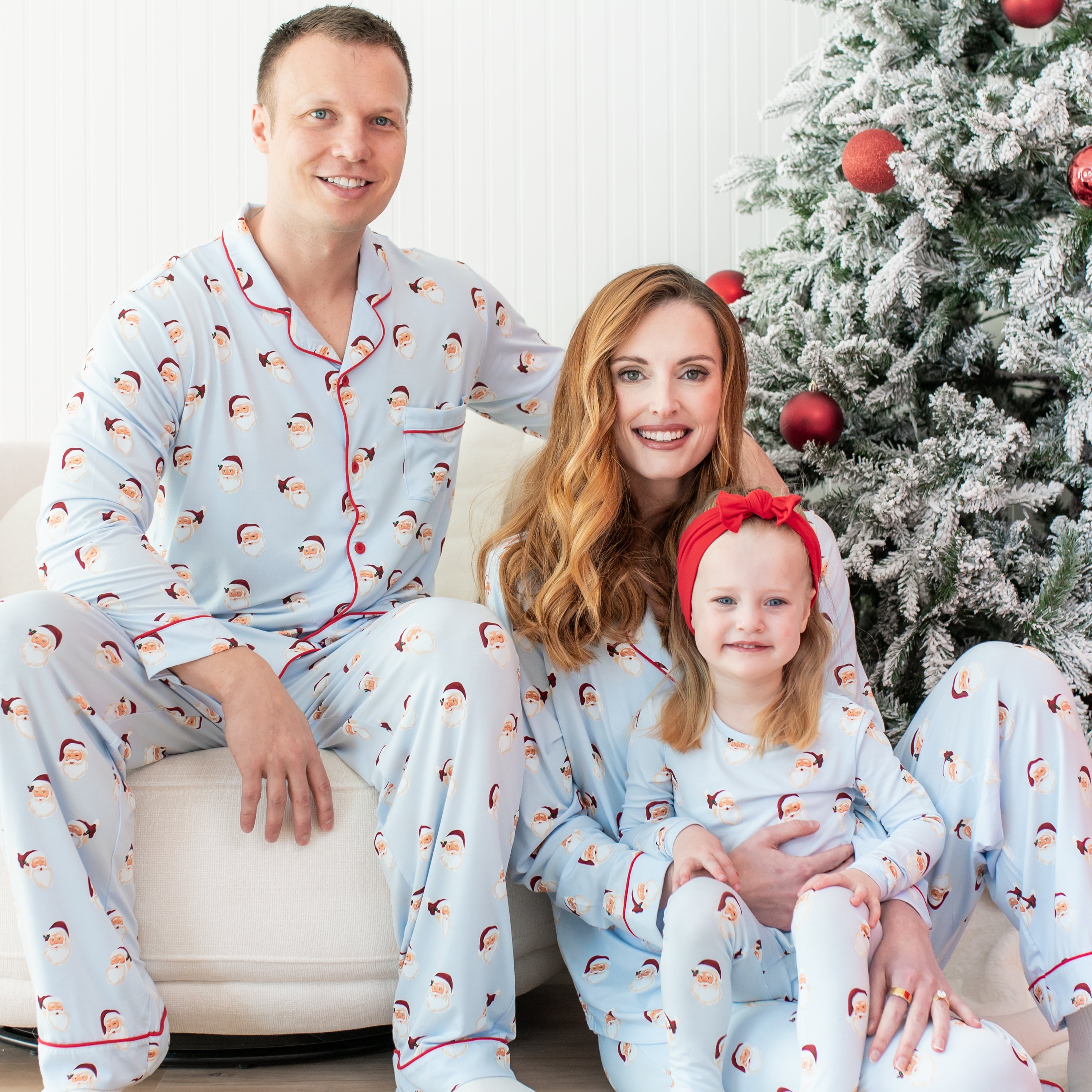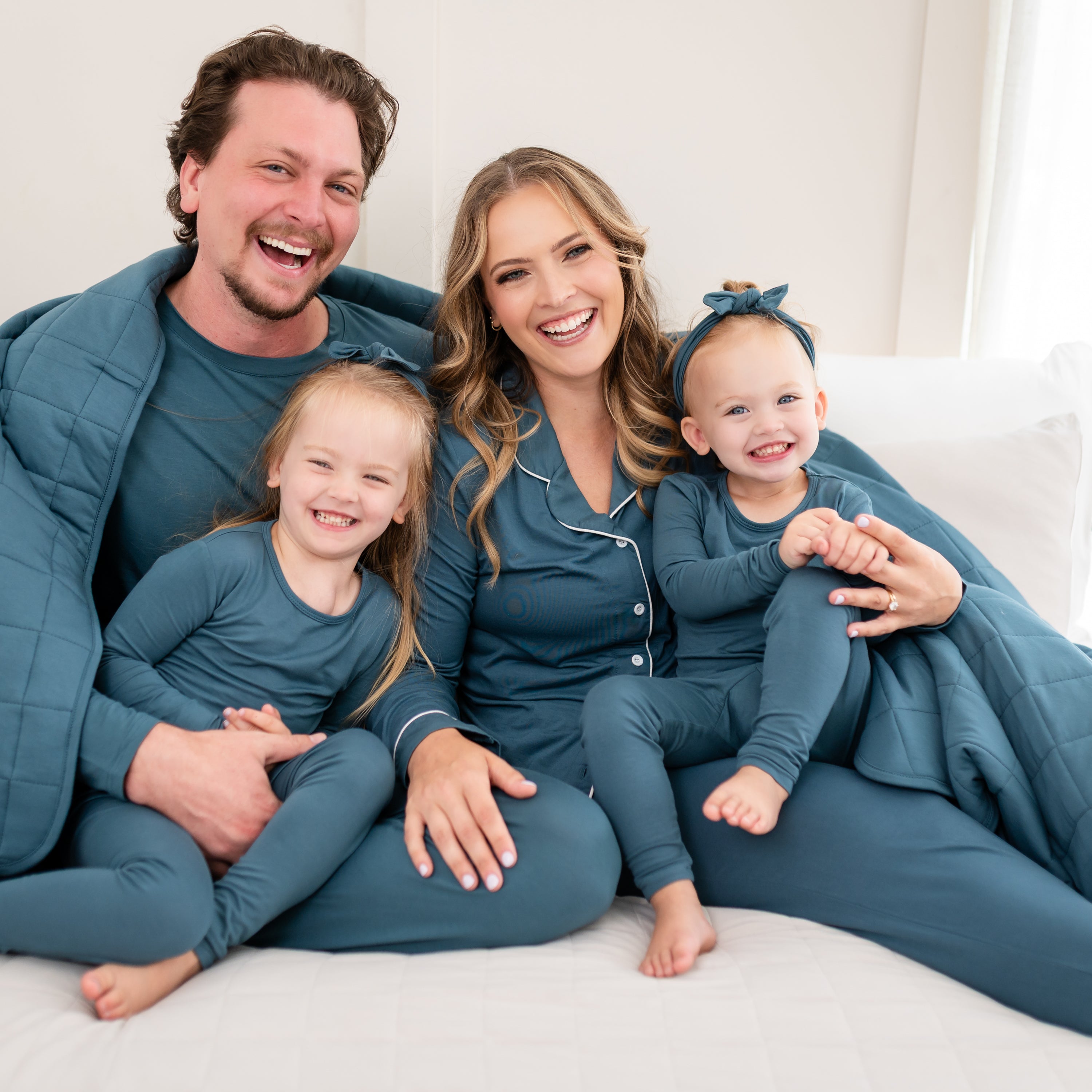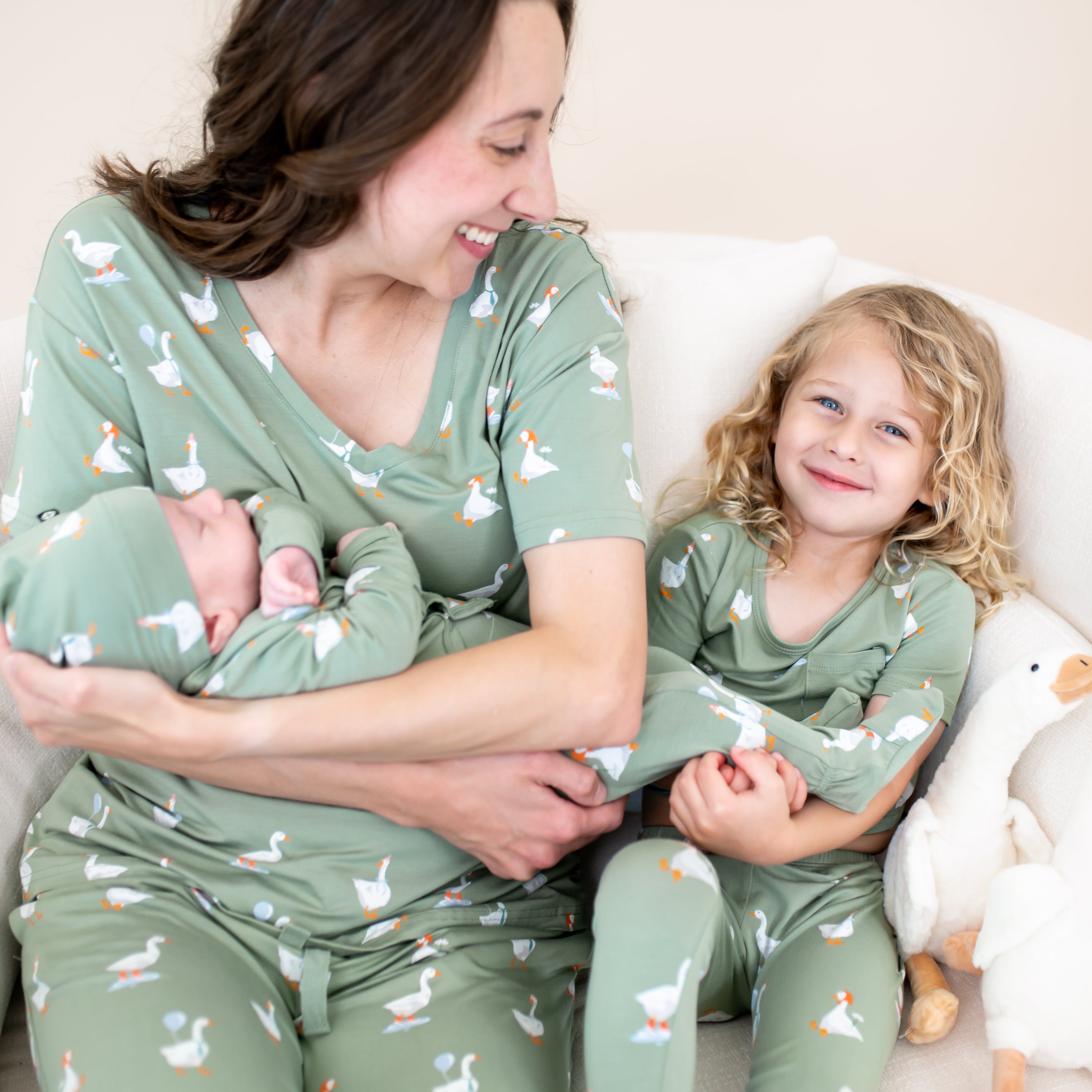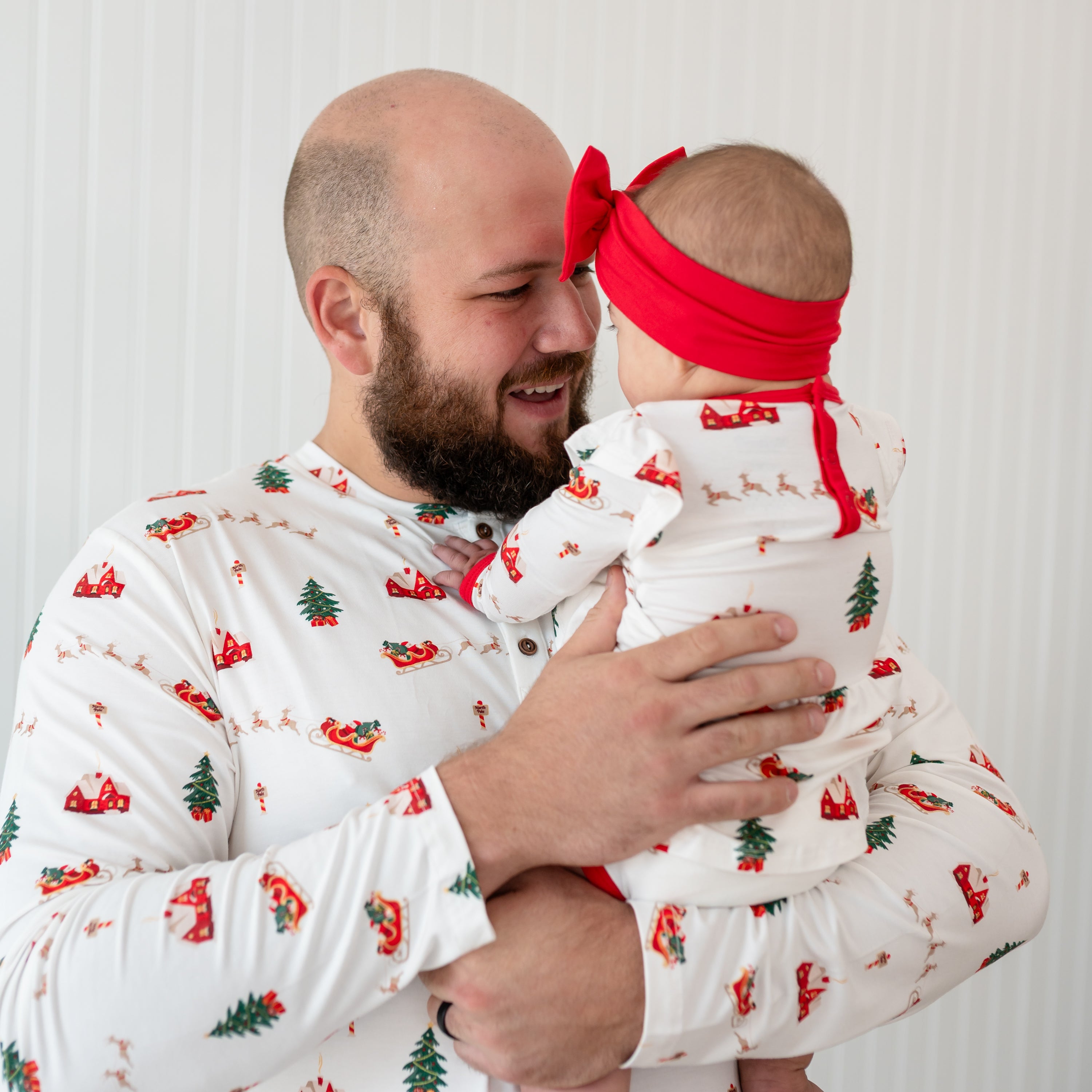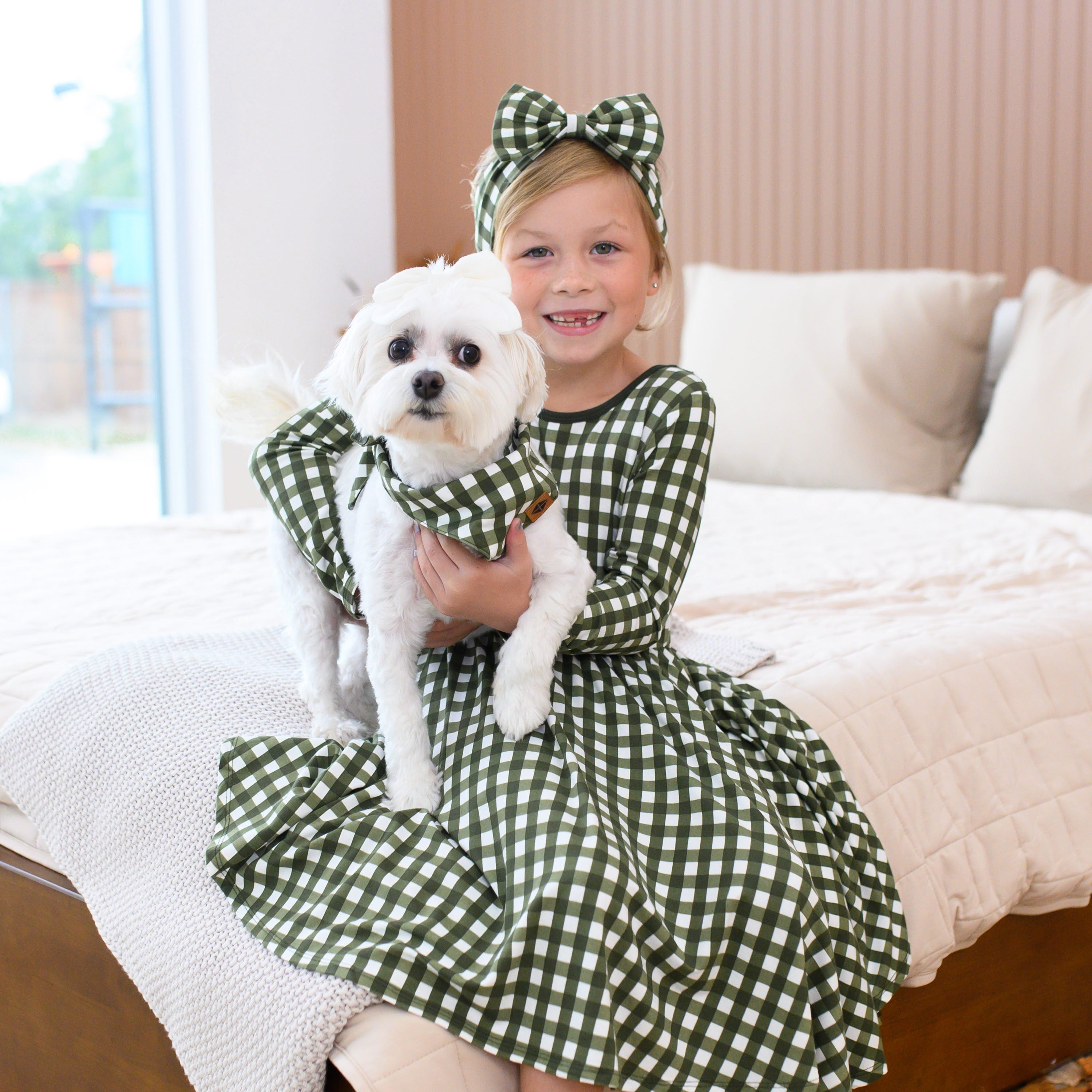If you’re like me, you may have wondered why as you were trying to get your baby’s chubby arm through the almost unbelievably slim sleeve of his pajamas. Why are these pajamas so small, they’re the same size as all of his other clothes? The answer is for your baby’s safety.
The Pajama Laws
As the number of burn related emergency room visits increased in the 1950s, so did the requirements for safer children’s sleeping garments. As a result, clothing manufacturers were required by law to produce flame-resistant pajamas for children’s sizes nine months through size 14. They did this by adding flame-retardant chemicals to the fabric. Unfortunately, it was later found out that these chemicals were toxic to children and were quickly removed.
What About Today?
Pajamas still have to meet some flame-resistant criteria without the chemical additives, so how is that done? Today there are basically two ways that pajamas can be certified safe against fire. Those ways are by using flame-resistant polyester or other fabrics that are snug-fit.
Polyester pajamas:
- Polyester fabric is flame-resistant on its own, it doesn’t need the addition of dangerous chemicals to keep your children safe. However, some polyester pajamas require you to follow specific instructions when washing it to make sure you don’t damage the flame-resistant qualities of the fabric. Also, I don’t know about you, but I find some polyesters downright uncomfortable and even irritating to my skin, so think of how that can feel to a baby’s sensitive layers.
Snug-fit:
- Children’s pajamas can be made of other fabrics as long as they are snug-fitting. The snug-fit prevents loose, flowy clothing from unknowingly coming in contact with flame and it greatly decreases the oxygen level between the fabric and baby’s skin. Since fire needs oxygen to burn, snug-fitting pajamas are considered safe against flame. Children’s pajamas now have to labeled with a yellow hang tag that tells you that these pajamas should be tight fitting.
There are still some flame-retardant chemicals in use out there that are added to children’s sleepwear. Even if these chemicals are considered non-toxic, they can still be irritating to skin and possibly even your child’s respiratory system.
The Best Sleepwear for Children
If you’re wary about the use of chemicals in your child’s sleepwear, you’re not alone. The only way to truly avoid them is to buy either polyester or snug-fit pajamas. While polyester does provide the flame-resistance, it can also be irritating and uncomfortable.
If you want your baby to sleep safely and comfortably, look for snug-fit pajamas from fabrics such as cotton and bamboo. These fabrics are much more gentle and comfortable on sensitive skin and the snug-fit helps ensure fire safety.
Kyte BABY pajamas follow the snug-fit guidelines. The tight fit allows your baby to sleep in the soft, cooling comfort of bamboo while still following the fire-resistant standards. You can sleep peacefully knowing that your baby is protected against fire without the use of harsh chemicals or irritating fabric.
When choosing snug-fit pajamas for your children, be sure to buy the correct size. Don’t go up a size just because they’re tight fitting. They are purposefully made that way to ensure your child’s safety and to abide by the law.
So tomorrow morning as you peel the snug-fit pajamas off your sleepy baby you will understand that these pajamas aren’t some cruel joke played on sleep deprived moms, they are one of the reasons your baby can sleep safe and sound.












